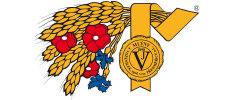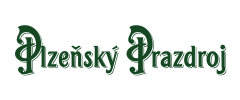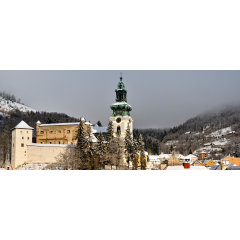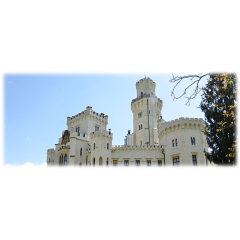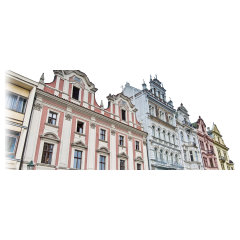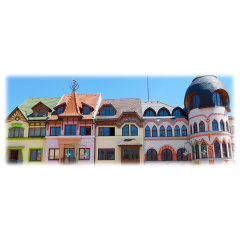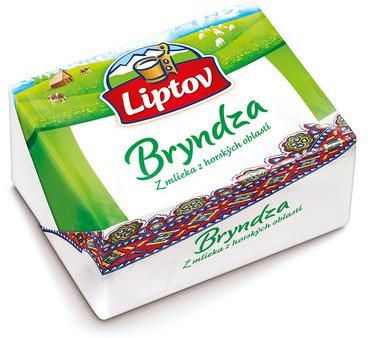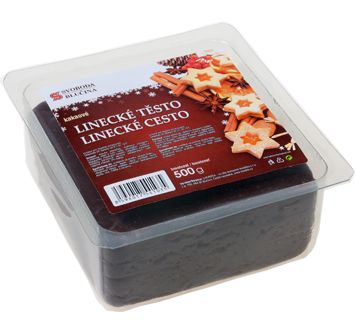Jihomoravsky Region
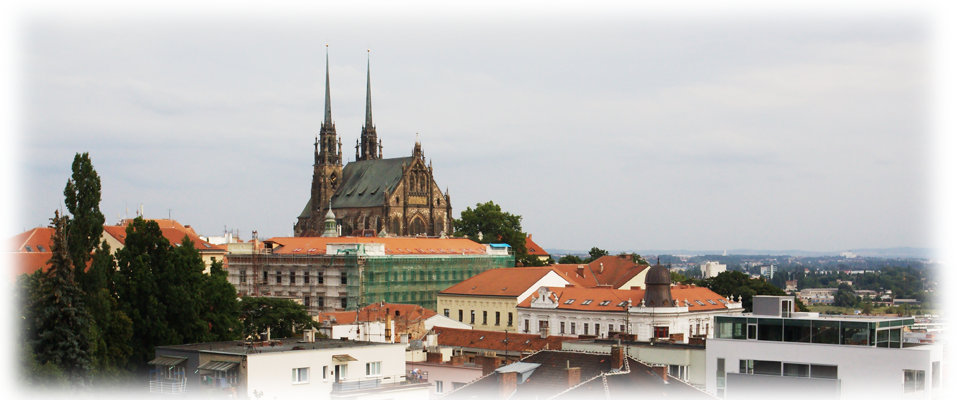
About region
The South Moravian Region lies in the southeast of the Czech Republic on the borders with Austria and Slovakia. The region is home to the Czech Republic’s second largest city Brno , an important judiciary city, a university town and a Central European trade fair centre with a long tradition in the organisation of trade fairs, which attract more than a million people from all over the world each year.The region enjoys excellent transport links and a strategic position on the intersection of trans-European long-distance road and rail routes which are important arteries connecting the west of Europe with the east, and the north with the south. Brno has direct air connections with Great Britain, the Russian Federation, Italy and Spain. The South Moravian Region is a region with great economic potential. The number of businesses in computer technology, telecommunications, software development and other hi-tech fields has been increasing significantly, particularly in recent years. An above-average education level of inhabitants in the region is also caused by a quality higher education system. You can discover carefully cultivated vineyards and orchards in South Moravia. The South Moravian Region is fourth in size with its territory and third with its number of inhabitants among the other regions of the Czech Republic. This is where numerous towns and villages were born, during centuries along its rivers, and where Christianity made its way into Europe.
History
South Moravia is a region with extensive cultural and historical roots and a great many important architectural monuments in all architectural styles. Two of these, Villa Tugendhat in Brno and Lednice-Valtice, have been placed on the UNESCO World Cultural Heritage List. The mammoth hunters also left their footprints here at the dawn of human history (the most famous archaeological site is found in Dolní Věstonice where the world renown Venus statuette comes from), while other archaeological sites (Mikulčice and Pohansko for example) testify to the fame and fortune of the Great Moravian Empire. Around 830, the Great Moravian Empire was established along the Morava River by the Slavic leader Mojmír. The empire found itself at the crossroads between the Germanic people in the west and the Byzantium in the east. Mojmír's successor Rostislav feared the German influence and asked the Byzantine emperor to send two missionaries, Cyril and Methodius of Constantinople, to come and spread Eastern Christianity in the Great Moravian Empire. Cyril and Methodius created the Slavonic script (Cyrillic alphabet that is still in use in Russia and Bulgaria) and translated religious texts from Greek and Latin into the Old Slavonic language. After Methodius' death in 885, the Roman Catholic religion was adopted and the Cyrillic script was replaced by the Latin alphabet. The Great Moravian Empire collapsed with the Hungarian invasion in 907. Tourists are also attracted to South Moravia by its living traditions and the warmth and hospitality of its people. Its folklore, including music, dance, language, folk costumes, applied art and craftwork, is no mere show for tourists, but a real part of the life of the region.
City to know about
Brno is the capital of the South Moravian Region with a population of almost 400.000 people. Brno, lying between the Bohemian-Moravian forested highlands and the fertile South Moravian lowlands with vineyards, offers its residents and visitors a high-quality and attractive natural environment for living, business and recreation. The city is a unique cultural centre of the whole region. There are permanent theatre ensembles, opera, ballet and musical stages, a philharmonic orchestra, and you can also visit a number of museums, galleries and libraries, a recently modernized observatory and planetarium, a zoo and a botanical garden. More than 20 festivals of culture and theatre take place in the city each year. During the German occupation of the Czech lands between 1939 and 1945 all Czech universities including those of Brno were closed by the Nazis. The Faculty of Law was transformed into the headquarters of the Gestapo and the university dormitory was used as a prison. About 35,000 Czechs and some American and British prisoners of war were imprisoned and tortured there, about 800 civilians were executed or died.
Nature
South Moravia charms its visitors by the diversity and wealth of natural beauty. This is the region of fluvial forests, vineyards and fertile fields. Warmth and the lowland character at the confluence of the rivers Dyje and Morava gave rise to a typical natural community – a floodplain landscape with the largest remains of a floodplain forest preserved in Europe. UNESCO protects two biosphere reservations in the region - Dolní Morava (which includes Pálava protected landscape area, the Lednice - Valtice grounds and the Dyje and Morava confluence area) and the White Carpathian Mountains. The Dyje Basin, one of the Czech Republic’s four national parks, is also found here. The protected landscape area the Moravian Karst offers visitors extensive systems of stalactite caves and the Macocha Gorge. A particular speciality of South Moravia is winegrowing of a European standard, with more than 90 % of the area of vineyards in the Czech Republic being found in the region. There are a great many small wine producers and wine cellars in the region.Viticulture in Southern Moravia belongs to the oldest in Europe, as vines have been grown here since the Celtic times. The people here know very well that the real treasures are not concealed at the bottom of the seas, but in wine cellars or archives.























